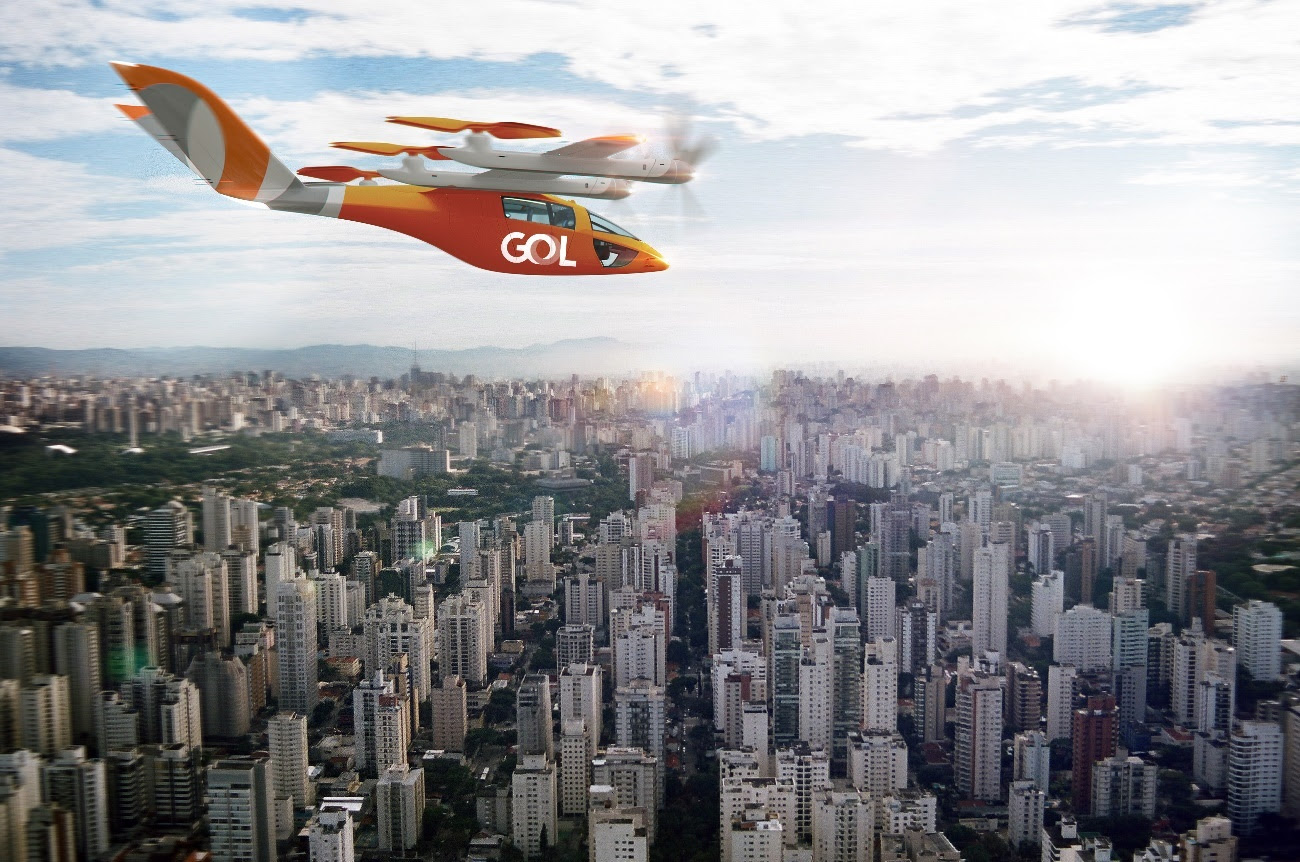Azul is looking to revolutionize Brazilian urban air mobility following the US$1 billion commercial deal and strategic alliance with Lilium. The airline’s Chief Revenue Officer, Abhi Shah, spoke about Azul’s plans with the 220 electric vertical take-off and landing (eVTOL) aircraft it will receive starting in 2025.
The eVTOL revolution
Thousands of eVTOLs aircraft could be flying above cities by 2030, according to McKinsey experts. Flying taxis are no longer a question of if they will happen; instead, it is a question of when.
Many companies across the world are currently working on the development of eVTOL technology. There’s Airbus, Joby Aviation, Lilium, Embraer, Archer, Volocopter, and many more. Companies such as UPS, Alaska Airlines, Japan Airlines, Widerøe, Virgin Atlantic, and more have announced deals to incorporate eVTOLs into their fleets.
By 2030, companies in the passenger Advanced Air Mobility industry could have bigger fleets, offering up to 20,000 flights per day, said McKinsey. Flights will be shorter, averaging only 18 minutes, with few passengers onboard: between one and six.
Brazil alone is turning out to be one of the hotspots for eVTOL development. Azul will acquire 220 Lilium aircraft. GOL also ordered 250 electric flying taxis from lessor Avolon, and Embraer is developing its EVE VTOL program.
Azul’s plans in Brazil
During CAPA’s webinar, Abhi Shah stated that the future of urban mobility is getting closer. Brazil presents an area of opportunity, he said. Abhi Shah stated,
“In Brazil, infrastructure is challenged. You have large metropolitan areas like São Paulo and Rio de Janeiro. The country also has three of the top 10 cities in the world with the most helicopter fleets, and São Paulo has the most helipads of any city in the world, plus Brazil has three of the worst cities in terms of traffic as well”.
So the South American country already has a market for helicopters. Electric aircraft will be quieter, simpler to maintain and operate, and have vertical take-off and landings, allowing the companies to use the current helicopter infrastructure…



